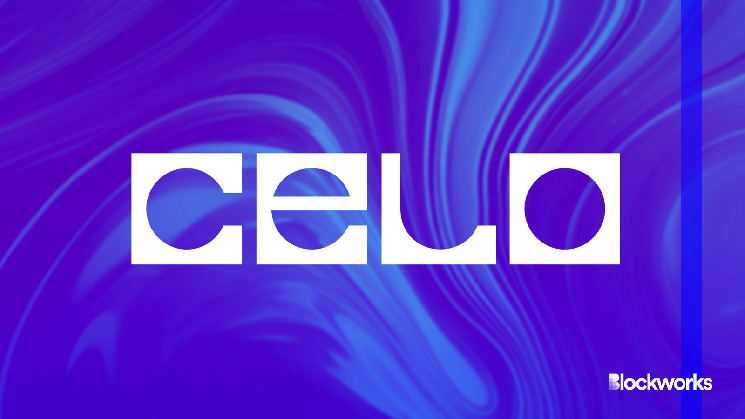After nine months of deliberation, the developers behind Celo have chosen OP Stack as the infrastructure for the project’s migration to Ethereum.
In a Monday forum post, cLabs, which is the software company behind Celo, said it would be putting the OP Stack migration up for a community vote. If successful, the layer-2 would be set to go to testnet in summer 2024.
CLabs first said it would migrate to a layer-2 in July 2023.
Celo and Optimism’s native tokens were both up roughly 5% amid a mostly flat day in crypto markets, according to CoinGecko.
Celo’s layer-1 went to mainnet on Earth Day 2020 with a focus on global financial inclusivity and environmental health. CLabs raised $30 million from a16z and Polychain in 2019 to develop the project. It closed another $20 million round in 2021.
The layer-1 was Ethereum Virtual Machine (EVM) compatible, meaning Ethereum smart contracts could run on Celo.
Celo implemented EIP-1559 slightly differently than Ethereum implemented the proposal, and the cost of staying compatible with Ethereum ended up being “quite great,” cLabs Chief Technology Officer Marek Olszewski said Monday on an X space.
Celo’s GitHub shows users paid a base gas fee and tip for transactions like with Ethereum’s EIP-1559, but small modifications were made. For instance, base fees were paid to Celo’s community fund rather than being burned like on Ethereum.
“We’ve been really laser-focused on being extremely Ethereum aligned, having learned lessons before,” Olszewski added when discussing why Celo picked the OP Stack.
CLabs hopes that Celo’s layer-2 will aim to preserve certain features of the layer-1 like one-block finality, which helps transactions settle quickly and prevents chain rollbacks or re-orgs — even if Ethereum itself re-orgs. Some lesser-used features may disappear with the migration, Olszewski said.
Besides Optimism, Celo also considered building its layer-2 with tech stacks from Arbitrum, Polygon or zkSync.
Should the migration go through, Optimism will add another notable client to its so-called Superchain of layer-2s, which typically pay Optimism 2.5% in revenue sharing. Coinbase used the OP Stack to launch Base, and last week, Sam Altman-backed Worldcoin said its layer-2 would be built with the OP Stack.
The author of cLabs’ proposal wrote that the OP Stack is “becoming an open standard” for layer-2s, and building in the Superchain could lead to “positive-sum partnerships” with other chains built using the tech stack.








